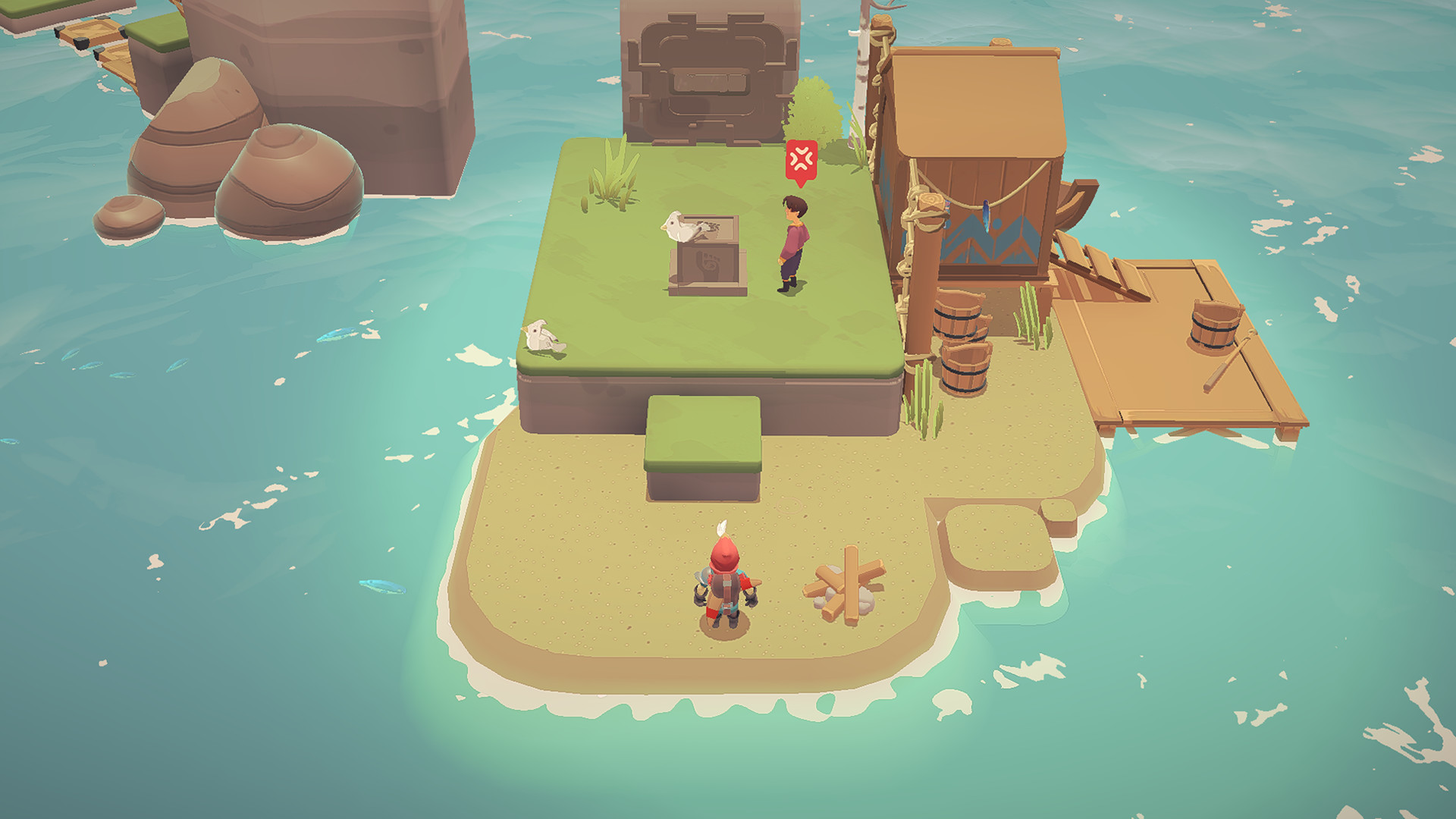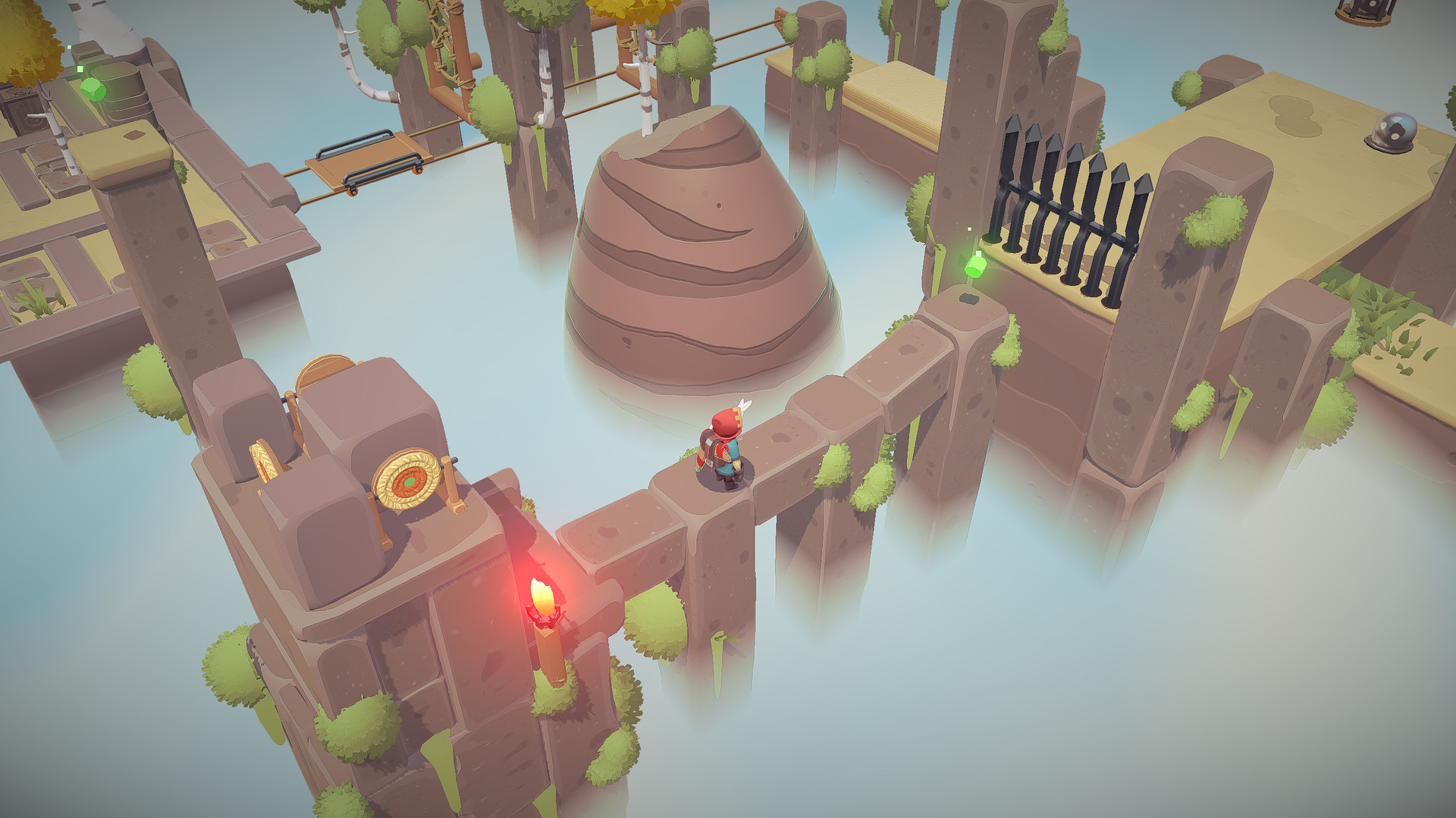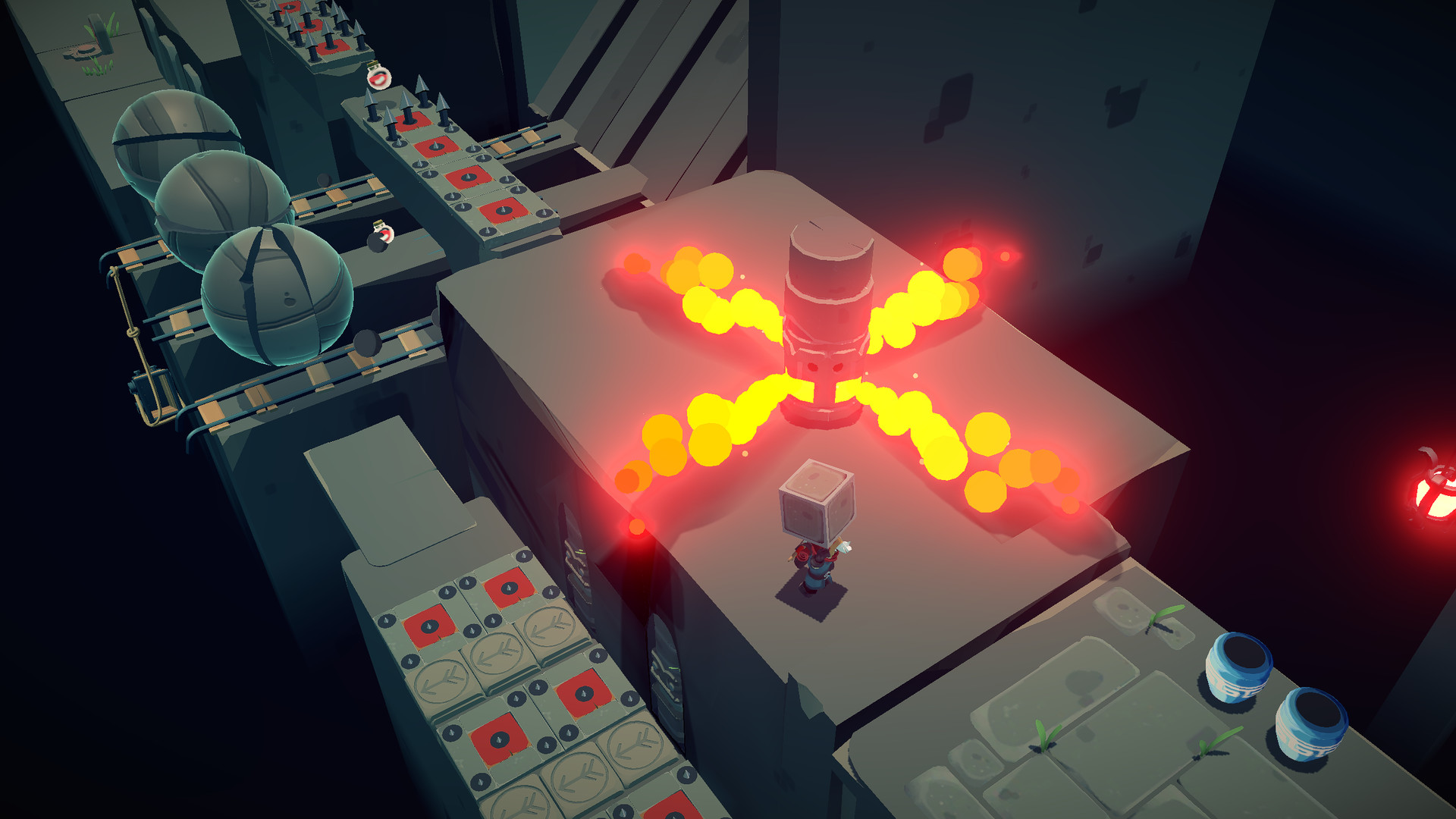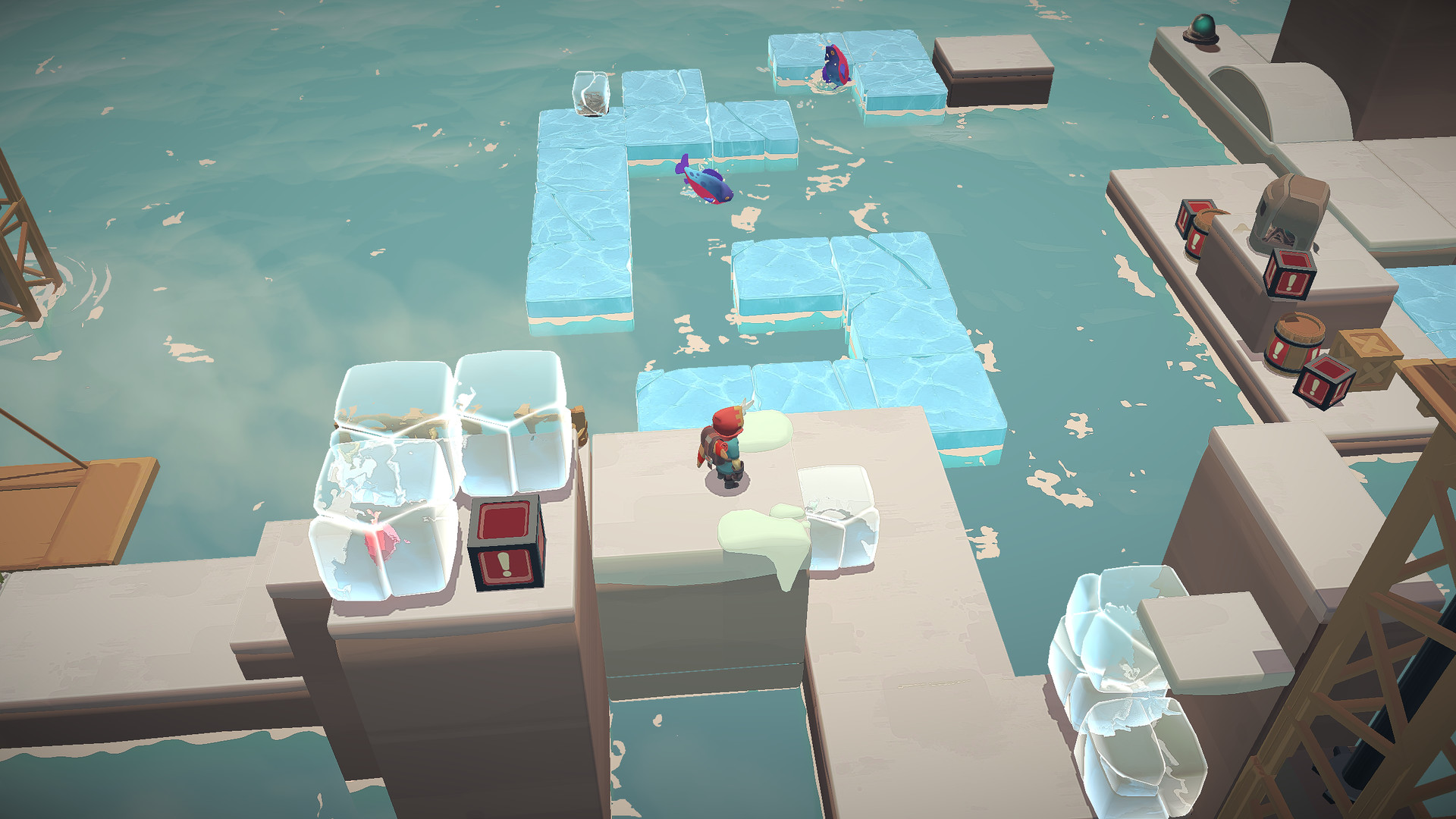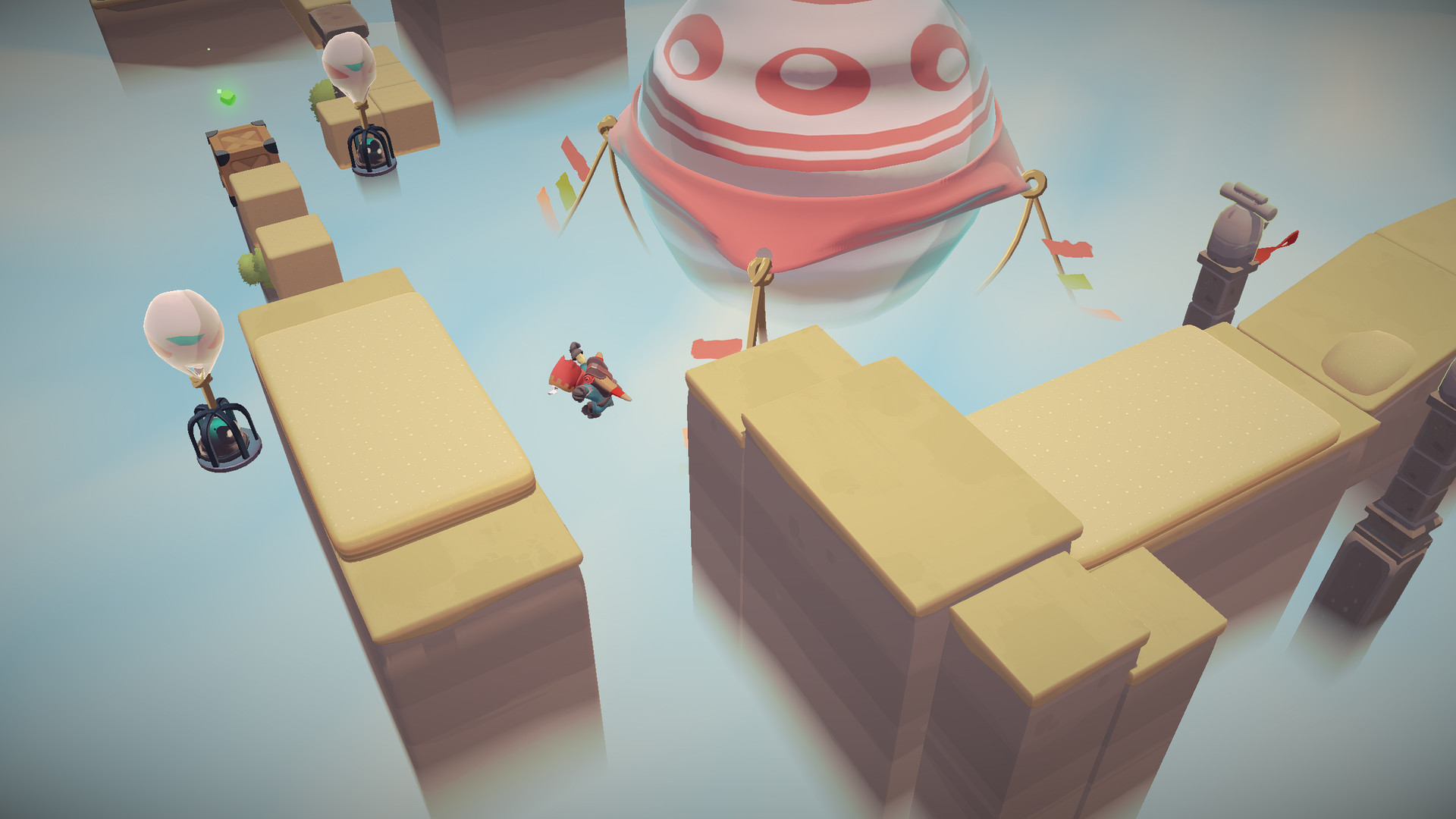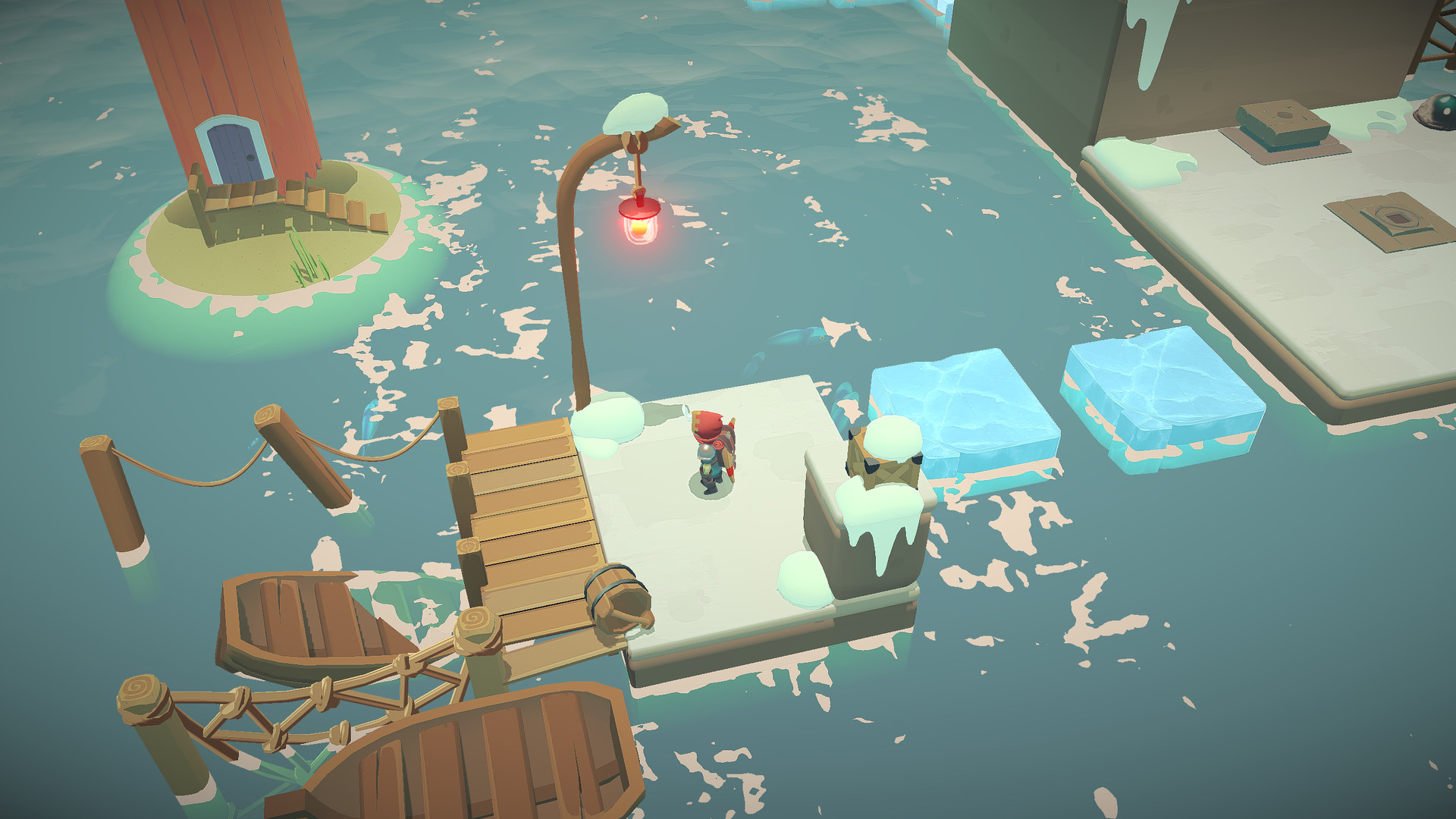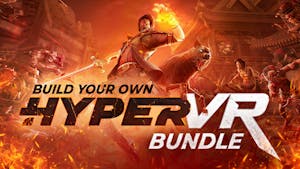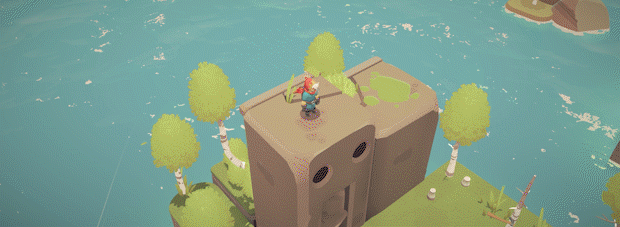
The Lightbringer is a poetic adventure/puzzle platformer with light combat elements, set in a beautiful world claimed by a vile corruption. Guided by your sister’s spirit, you must prevail where she could not. Cleanse the corruption, become The Lightbringer.
The world is under siege by a malicious corruption, targeting the ancient monoliths that gave power and light to these lands. As the chosen one, you have the ability to harness pure light energy from the air, energy that will aid you in cleansing the monoliths to bring back their light.
Explore, jump and fight your way through each level while gathering light motes. Every level functions like its own little world, and you’ll need to venture off the beaten path to find enough to cleanse the level’s monolith.
KEY FEATURES:
- Old School Adventure
The Lightbringer draws a lot of inspiration from earlier Zelda games, and is all about invoking that feeling of wanting to explore every nook and cranny. - Semi-isometric Gameplay
With a rotatable camera in an isometric view, you’ll need to look at things from many different angles in order to find solutions to your obstacles. Remember: There’s often more than meets the eye… - A poetic journey
Your sister’s spirit guides your entire journey, narrating the gameplay entirely in verse. - Hazardous Dungeons
Explore dark dungeons full of danger. Watch out for traps, secrets and that pesky slime!

Dev Diary Design Pillars
Individuals and interactions over processes and tools
Lets look at some real-world example the story of BioWare.
For many years it was a company making the best RPGs on the market. But as Jason Schreier described in his book Blood and Pixels after BioWare was acquired by Electronic Arts, this experienced company (consisting of some of the best people in the industry) had problem after problem. Their next 3 games came out in horrible pain.
The biggest issue that caused this was forcing the team to use the Frostbite engine. Up until that time, BioWare had used its own engine, Aurora. It was made specifically for the kind of games they were making and the team knew it well. Frostbite was made for Shooters, not RPGs, and lacked many core features they needed, which resulted in slow development and a huge loss of motivation inside the team.
Instead of focusing on the team and the product, they focused on the tools and forced people to use them.
I want to give you not only anecdotes but also solutions. So lets assume were making a new game. How should we start?
We should start with the Design Pillars. A great example is in the GDC talk The Design Of Subnautica by Charlie Cleveland, you can watch it here .
Those pillars should emphasize emotions, what players will experience. They usually shouldnt be concrete features. But this is not a strict rule e.g. on Last Of Us Naughty Dog used:
Once youve set those pillars up its time to start making a prototype. You dont have to create a Game Design Document detailing the whole game beforehand. Instead of being the bottleneck of the team, making them wait for the GDD and later for updates and answers to every burning question, make them part of the process. Individuals and interactions over processes and tools.
The team should take ownership of what they are doing. Dont become a parent that tells them what to do. Instead, treat them like the adults they are: together you will work to bring the vision to life.
Now you can have the team brainstorm some ideas on how to bring those pillars to life coders should start thinking about what technologies and tools to use, how to set up the architecture of main systems. Artists should be looking for an art style that will not only fit the vision but actually enhance it. The marketing team should start analyzing the market for what you want to build.
In the next part, I will dive deeper into this phase, but for now, I want you to think about the Design Pillars of the games that you love and the games that youve made in the past. Can you figure them out?
Any thoughts? Comment and share this story!
Have a great day,
Janusz Tarczykowski

Agile Game Development Part 2: Design Pillars
In part 2 of my Agile in Gamedev series, I want to discuss the first line of the Agile Manifesto and how it applies to game development.Individuals and interactions over processes and tools
Lets look at some real-world example the story of BioWare.
For many years it was a company making the best RPGs on the market. But as Jason Schreier described in his book Blood and Pixels after BioWare was acquired by Electronic Arts, this experienced company (consisting of some of the best people in the industry) had problem after problem. Their next 3 games came out in horrible pain.
The biggest issue that caused this was forcing the team to use the Frostbite engine. Up until that time, BioWare had used its own engine, Aurora. It was made specifically for the kind of games they were making and the team knew it well. Frostbite was made for Shooters, not RPGs, and lacked many core features they needed, which resulted in slow development and a huge loss of motivation inside the team.
Instead of focusing on the team and the product, they focused on the tools and forced people to use them.
I want to give you not only anecdotes but also solutions. So lets assume were making a new game. How should we start?
We should start with the Design Pillars. A great example is in the GDC talk The Design Of Subnautica by Charlie Cleveland, you can watch it here .
Those pillars should emphasize emotions, what players will experience. They usually shouldnt be concrete features. But this is not a strict rule e.g. on Last Of Us Naughty Dog used:
- Crafting: Ammo is scarce, so to distract or cause a higher amount of damage to ones foes it is better to use items populating the world. This works in unison with the environmental storytelling of how there are not many resources left in this world.
- Story: Last of Us is a linear game that is heavily narrative lead, they want everything to tie in with the story as mentioned with crafting. The game focuses on the story of the two main characters rather than the players own story.
- AI partners: The game is all about building a relationship between the players character with the AI partner Ellie and other partners you meet throughout your journey.
- Stealth: Combat is used in this game, but if you were to run and gun, then the game would make your life extremely difficult. So the player is encouraged to play more stealthily.
Once youve set those pillars up its time to start making a prototype. You dont have to create a Game Design Document detailing the whole game beforehand. Instead of being the bottleneck of the team, making them wait for the GDD and later for updates and answers to every burning question, make them part of the process. Individuals and interactions over processes and tools.
The team should take ownership of what they are doing. Dont become a parent that tells them what to do. Instead, treat them like the adults they are: together you will work to bring the vision to life.
Now you can have the team brainstorm some ideas on how to bring those pillars to life coders should start thinking about what technologies and tools to use, how to set up the architecture of main systems. Artists should be looking for an art style that will not only fit the vision but actually enhance it. The marketing team should start analyzing the market for what you want to build.
In the next part, I will dive deeper into this phase, but for now, I want you to think about the Design Pillars of the games that you love and the games that youve made in the past. Can you figure them out?
Any thoughts? Comment and share this story!
Have a great day,
Janusz Tarczykowski
[ 2021-05-11 06:08:24 CET ] [Original Post]
Minimum Setup
- OS: Ubuntu 12.04 LTS
- Processor: 2.0 GHz or betterMemory: 4 GB RAM
- Memory: 4 GB RAM
- Graphics: NVIDIA GeForce 8600/9600GT. ATI/AMD Radeon HD2600/3600 (Graphic Drivers: nVidia 310. AMD 12.11). OpenGL 2.1Network: Broadband Internet connection
- Storage: 4 GB available space
Recommended Setup
- OS: Ubuntu 14.04 LTS
- Processor: 3.0GHz or betterMemory: 8 GB RAM
- Graphics: NVIDIA GeForce GTX 850M or betterNetwork: Broadband Internet connection
- Storage: 4 GB available space
GAMEBILLET
[ 6432 ]
FANATICAL
[ 7166 ]
GAMERSGATE
[ 3708 ]
MacGameStore
[ 5362 ]
FANATICAL BUNDLES
HUMBLE BUNDLES
by buying games/dlcs from affiliate links you are supporting tuxDB

